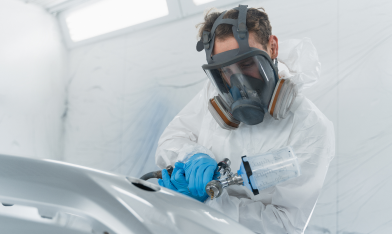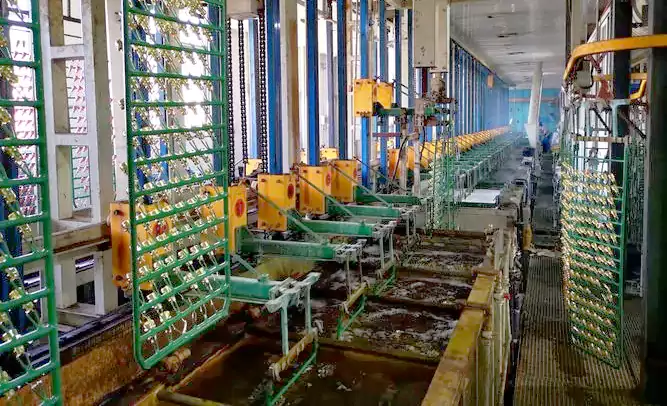The most understandable introduction of Finishing and Surface Treatment

Mechanical Finishing: As machined: This means no extra surface treatment after machining. Stainless steel could resist corrosion in the air itself. Usually, no additional surface treatment is needed. Aluminum could form a fine and close oxide layer itself, protecting against…
